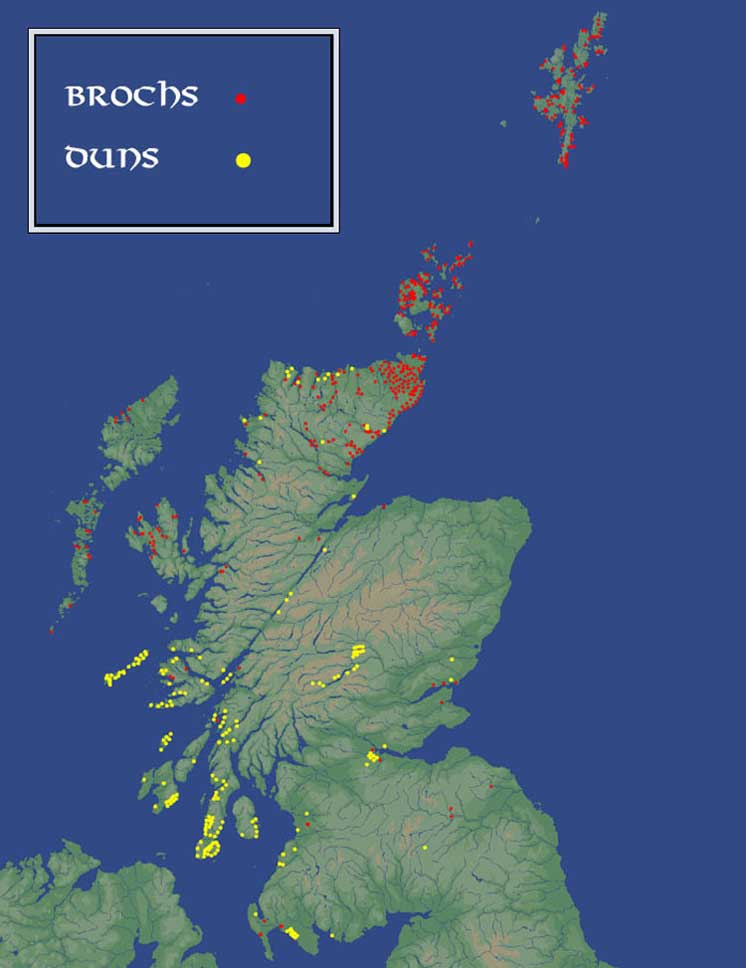More bedtime reading material for the TME Armchair Admirals.
http://www.sailscotland.co.uk/All about the proper way to get around Scotland. If you look closely, you might just see the SS Boreades assisting in the transportation of local produce.
The great thing about sailing round Scotland, is that it's the easiest way to visit most of the brochs as well.
The Brochs of Scotland are stone ruins found throughout the highlands and islands of Scotland. At some point, someone, somewhere, declared them to be iron-age forts and as is the way of academia this is the default position that everyone repeats. They are also commonly referred to as defensive structures, and it easy to see why, yet no-one can explain who they would be defending themselves from as a great many of the locations are overseeing coastal locations and the then (supposed iron-age) threat would have been the Romans who were invading from the south and not by sea. Although it is accepted that Agricola, then Roman governor of the invaded Britain, sent a fleet to survey and map Scotland’s coast the Brochs are mostly small constructions more capable of sheltering extended families than whole communities fearful of invasion. Small isolated groups of people would not have been capable of constructing such fortifications in a short time scale, (an impending Roman attack, we must defend ourselves) as the necessities of life, just living, would get in the way of a protracted building schedule.
I remember reading many years ago, and am quoting vaguely from that hazy memory, that one of the dating methods in establishng the age of Brochs was from the refuse and remains found in and nearby the Brochs. It would certainly fit the pattern of dating often cited so I'll accept that memory as reasonable. The problem though is that within this memory there also lies the first I read of the Beaker people (aka the Grooved-ware people).
Their remains, or more specifically, their distinctive potteries, were often found scattered throughout Broch sites (I cannot verify this, it is but a memory which may be garbled). Accepted Archaeology lists the Beaker folk as being Bronze age, which is a lo-oooong 2500 years before the supposed date of the Brochs. One of the distinctive markings of the Beaker potteries was a lozenge shaped design.



